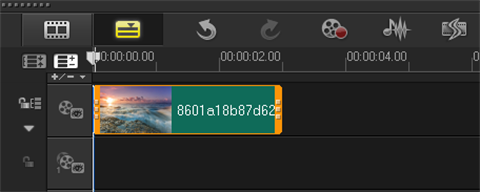In most of my sites, I've been using the following code to decide which template should be applied to the content rendering - based on what the editor has picked in be_layout:
page.10 = TEMPLATE
page.10 {
stdWrap.if {
value = 1
isInList.data = levelfield:-1,backend_layout_next_level,slide
isInList.override.data = TSFE:page|backend_layout
}
template = FILE
template.file = fileadmin/templates/main/tmpl/main.html
...
}
page.20 = TEMPLATE
page.20 {
stdWrap.if {
value = 2
isInList.data = levelfield:-1,backend_layout_next_level,slide
isInList.override.data = TSFE:page|backend_layout
}
template = FILE
template.file = fileadmin/templates/main/tmpl/special.html
...
}
This works perfectly well.
But I had expected that the if condition would make sure that unnecessary page objects are not processed at at all. Until I've been looking into some performance issues via the admin panel: I discovered that both (all) child objects of page. seem to be rendered - even when the if condition doesn't apply.
It looks like it's processed regularly, and then simply not displayed! So the page rendering time explodes when using multiple templates.

Do I interpret this correctly?
What is the correct, perf-efficient way to do this?
Or is it a bug?
You can use a CASE object because the file property is stdWrap enabled:
page = PAGE
page {
typeNum = 0
bodyTag = <body>
10 = FLUIDTEMPLATE
10 {
[... skipping some stuff...]
file.stdWrap.cObject = CASE
file.stdWrap.cObject {
key.data = levelfield:-1, backend_layout_next_level, slide
key.override.field = backend_layout
default = TEXT
default.value = fileadmin/Templates/layoutA.html
2 = TEXT
2.value = fileadmin/Templates/layoutB.html
}
}
}
The CASE object doesn't "misbehave" like the "if" condition in stdWrap.
Here's the solution that works for me from http://forum.typo3.org/index.php?t=tree&th=207295&goto=723619&#msg_723619: apply the CASE one level upwards:
page.10 = CASE
page.10 {
key.data = levelfield:-1,backend_layout_next_level,slide
key.override.field = backend_layout
default = TEMPLATE
default {
template = FILE
template.file = fileadmin/templates/main/tmpl/main.html
marks {
LANG < temp.language
BASEURL < temp.baseurl
# ... more marks
}
}
# If BE Layout 1 (Standard page) - corresponds to be_layout uid
# could be omitted, only for beauty
1 < .default
# If BE Layout 2 (Landingpage) - corresponds to be_layout uid
2 < .default
2 {
template.file = fileadmin/templates/main/tmpl/main.html
marks {
MAINCONTENT < temp.teaser
CONTENT_NAV >
CONTENT_NAV =
}
}
}
Of course, this could/should also be used with a fluid template
From a site that uses 4 different be_layouts, here are the rendering times - before and after the introduction of the CASE:







